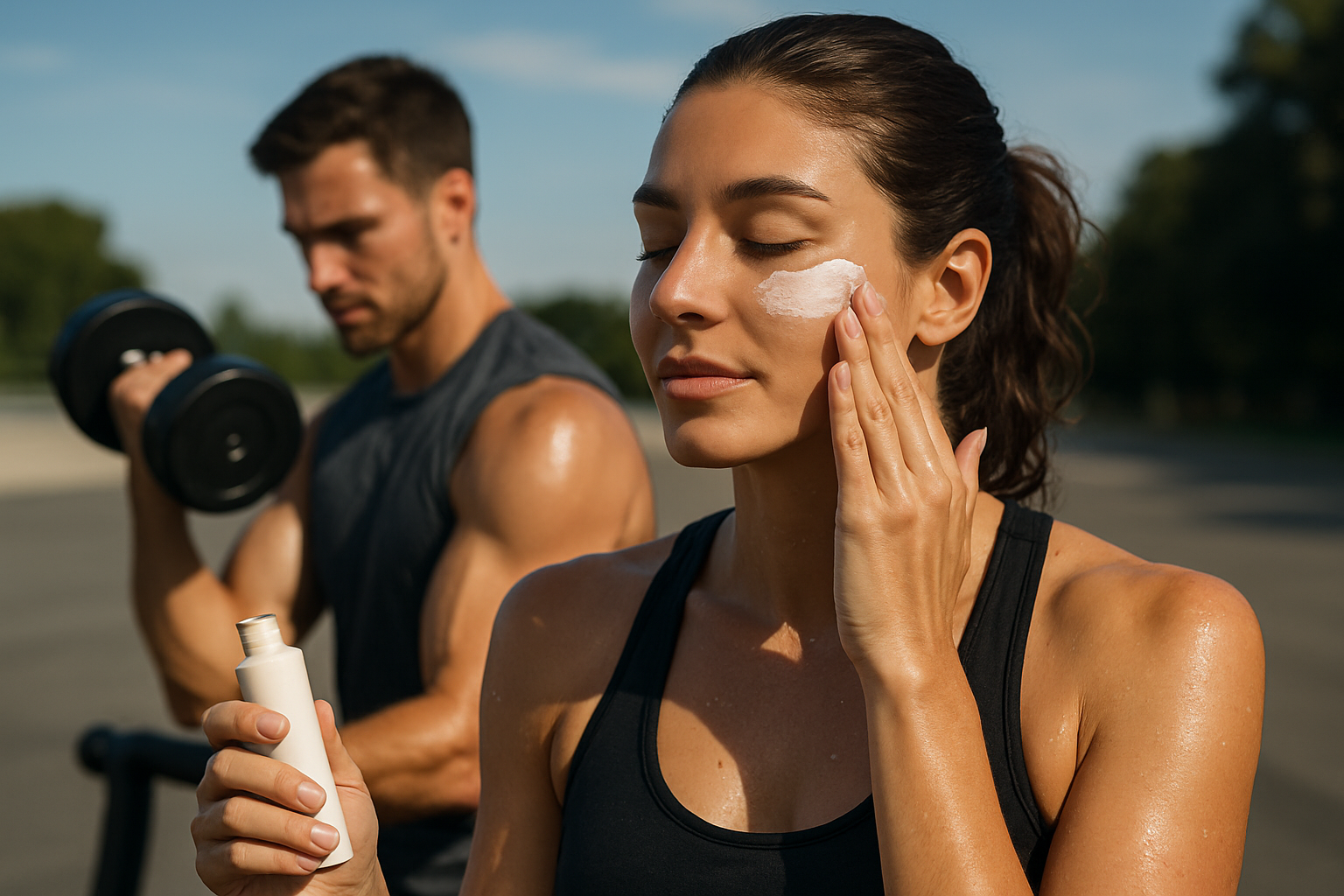Integrating sun protection into active outdoor routines
Regular outdoor activity boosts fitness and wellbeing, but exposure to sun can undermine skin health and recovery. This article outlines practical ways to integrate sun protection into active routines without sacrificing performance: choosing appropriate sunscreen, timing sessions, adjusting hydration and nutrition, and blending protective clothing and recovery habits for sustainable outdoor training.

Outdoor workouts offer physical and mental benefits, but consistent sun exposure requires deliberate protection strategies to preserve skin health and performance. Integrating sun protection into your active routine means planning beyond a single application of sunscreen: consider timing, clothing choices, hydration, and recovery practices that work together to reduce UV damage while supporting endurance and strength. The guidance below focuses on practical, evidence-aligned steps you can adopt to train outdoors safely and sustainably.
This article is for informational purposes only and should not be considered medical advice. Please consult a qualified healthcare professional for personalized guidance and treatment.
Sunscreen and skincare
Select a broad-spectrum sunscreen with at least SPF 30 for most outdoor activities, and one with water resistance for sweat-heavy sessions. Apply sunscreen to all exposed skin 15–30 minutes before starting and reapply every two hours or sooner if you’re sweating heavily. Pair sunscreen with skincare that supports barrier function: a gentle cleanser after workouts, antioxidant-rich serums in the evening, and daily moisturizers that help retain hydration. Pay special attention to commonly missed areas like ears, the back of the neck, and the tops of feet. Regular use of sunscreen protects collagen integrity and reduces long-term photodamage.
Hydration and nutrition
Hydration supports circulation and skin health and helps maintain endurance during outdoor exercise. Start sessions well hydrated and replace fluids based on intensity and duration; sports drinks with electrolytes can be useful for longer workouts. Nutrition also plays a role: antioxidants from fruits and vegetables help counter oxidative stress from UV exposure, and adequate protein supports collagen repair after exercise. Include whole-food sources like berries, leafy greens, lean protein, and healthy fats to support recovery and skin resilience as part of your routine.
Mobility and recovery
Incorporate mobility work and targeted recovery to offset the stresses of outdoor training. Gentle mobility sessions and cool-downs improve circulation, help remove metabolic byproducts, and promote flexibility. After sun-exposed workouts, prioritize skin-calming recovery: apply soothing lotions with ingredients such as aloe or niacinamide, and avoid harsh exfoliation immediately after intense sun exposure. Structured recovery days that combine light movement, stretch, and restorative practices help maintain long-term performance and reduce injury risk.
Endurance, strength, and flexibility
Balancing endurance training with strength and flexibility work allows you to stay resilient while training outdoors. Schedule higher-intensity or longer sessions during times of lower UV index when possible, and use shaded routes or tracks to reduce direct exposure. Strength training sessions can often be moved to shaded or indoor settings if mid-day sun is a concern. Flexibility and mobility routines can be performed in the early morning or evening to keep cumulative sun exposure manageable while preserving gains in range of motion and functional strength.
Breathwork and circulation
Integrate breathwork into warm-ups and cool-downs to improve circulation and oxygen delivery to muscles and skin. Techniques such as diaphragmatic breathing or box breathing can regulate heart rate, enhance recovery between intervals, and support lymphatic flow. Improved circulation assists nutrient delivery for collagen maintenance and accelerates the removal of cellular waste generated by intense exercise, complementing topical sun protection by supporting internal recovery processes.
Sleep, antioxidants, and collagen
Quality sleep is a cornerstone of recovery and skin repair. Aim for consistent sleep routines to support collagen synthesis and hormonal balance that underpin tissue repair after outdoor activities. Dietary antioxidants — for example, vitamins C and E from food sources — help limit UV-driven oxidative stress, while sufficient protein intake supplies amino acids for collagen production. Together with consistent sunscreen use and hydration, these internal strategies reduce cumulative UV damage and support long-term skin health and functional performance.
Conclusion Integrating sun protection into active outdoor routines requires a holistic approach: reliable sunscreen and skincare, strategic hydration and nutrition, mobility and recovery work, balanced training across endurance and strength, breathwork to aid circulation, and consistent sleep to support repair. Small adjustments to timing, clothing, and post-exercise care can significantly reduce sun-related risks while preserving gains in endurance, strength, and flexibility, helping you stay active outdoors throughout the year.





